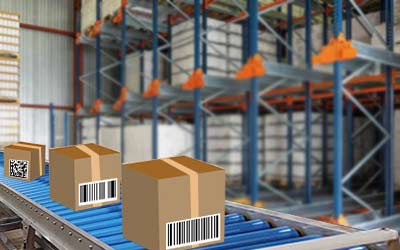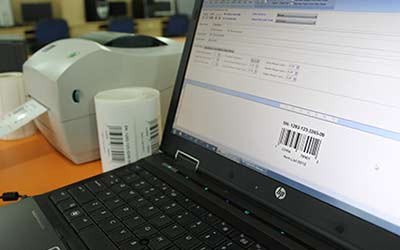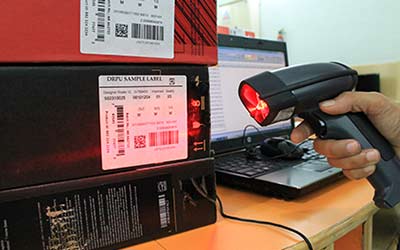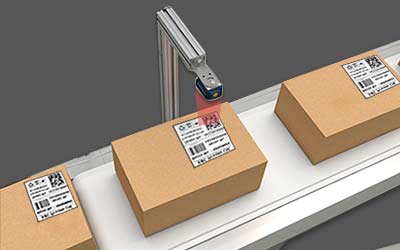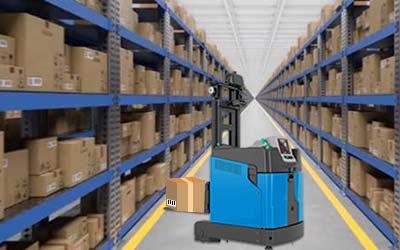By: Digital Deeper
Published: 25/03/2023
Manufacturing automation is a well-known method of increasing efficiency and functionality while also increasing the rate of return. This is why the majority of firms want to automate their procedures. Even yet, most manufacturing firms are still troubled by costs and human mistakes as a result of their failure to implement high levels of skilled manufacturing automation.
Manufacturing engineering, often known as the manufacturing process, refers to the procedures that raw materials go through to become a finished product. The product development and materials specifications from which the product is built are the first steps in the manufacturing process. These materials are subsequently transformed into the required part through manufacturing methods.
Types of Manufacturing Automation:
01 Fixed Automation
The majority of programming is housed within physical hardware, often known as hard automation. The pace and order of processes are set by the machines. These automation systems are designed to efficiently conduct a single set of actions on a single item.
02 Programmable Automation
Batch manufacturing is connected with programmable automation which allows for the production of a wide range of parts and products. To reprogram the system, modifications in the instructions are written and programmed ahead of time.
03 Flexible Automation
This sort of production is linked to real-time or on-demand production. A mechanical arm that can be instructed to insert wire, make a hole, clean, and solder, insert rivets, and paint on things in a production floor is an example of flexible automation.
The portable barcode scanners do a good job, but they have a few drawbacks. Operator misuse can result in them being dropped, worn out, having incorrect settings, and breaking unexpectedly. Any of these circumstances can cause the manufacturing line to shut down, resulting in a loss of earnings. Handheld barcode readers necessitate time for the operator to locate, pick up, then manually aim and scan. This is non-value-added time for the operator, as they are completing tasks that are unrelated to their job.
The future of barcode technology in manufacturing automation is expected to see significant growth and development, with several advancements that will improve the manufacturing and automation industries in several ways:
-
1Enhanced process control
Barcode technology can be used to monitor and control the manufacturing process, ensuring that products are produced to the highest standards of quality and consistency.
-
2Improved traceability
Barcode technology can be used to track products and components through the manufacturing process, improving traceability and reducing the risk of defects or recalls.
-
3Asset tracking
Barcode technology can be used to track equipment and other assets, improving maintenance and repair schedules and reducing the risk of downtime.
-
4Data analytics
Barcode technology can be used to collect and analyze data, allowing manufacturers to identify areas for improvement and optimize their operations.
-
5Collaborative robots
Barcode technology can be used to guide collaborative robots or cobots, improving their accuracy and efficiency in performing tasks such as picking and placing.
Overall, the future of barcode technology in manufacturing automation looks promising, with continued advancements that will improve process control, traceability, asset tracking, data analytics, and collaborative robotics. These innovations will help to make manufacturing and automation industries more efficient, sustainable, and cost-effective, improving overall business operations.
